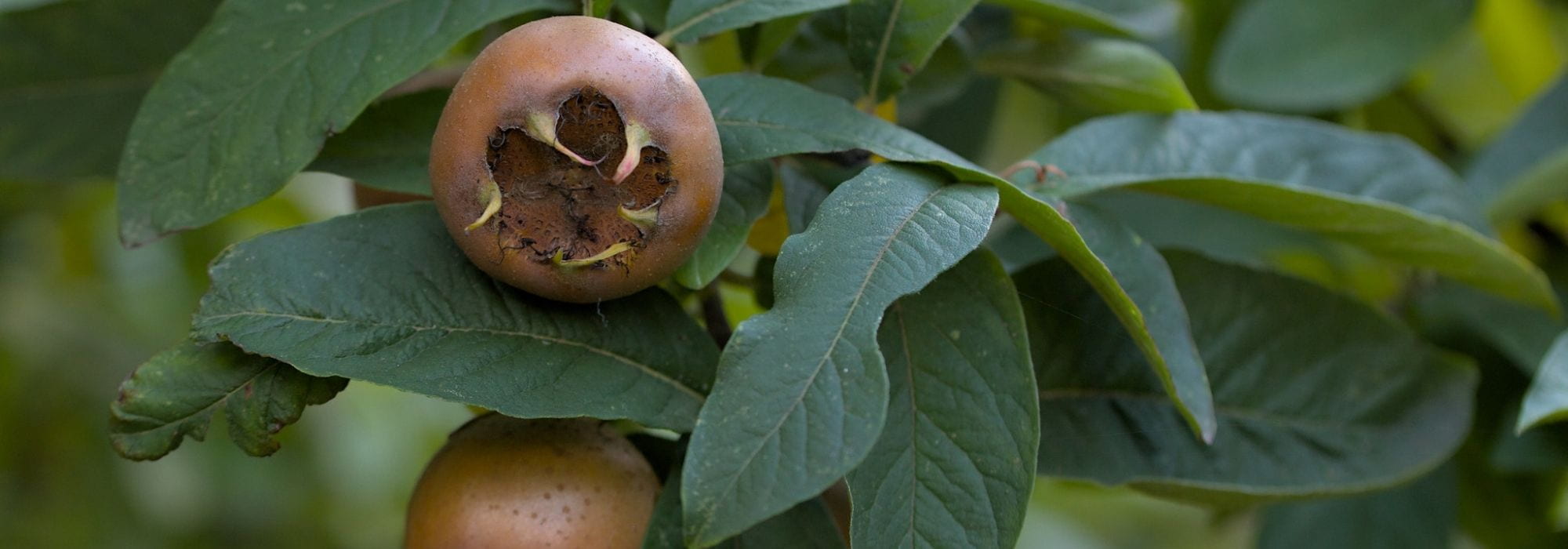
Common medlar: planting, care, and harvest
Contents
Common medlar in a nutshell
- The common medlar (Mespilus germanica) is a particularly hardy fruit tree that produces medlar fruits in November and December.
- Belonging to the rose family, the common medlar should not be confused with the Japanese medlar (Eriobotrya japonica), another fruit tree native to the Mediterranean region.
- With a stout habit and twisted branches, the common medlar never exceeds 6 metres in height.
- Its cream-white flowering is fragrant and resembles that of hawthorn (Crataegus), but is more voluminous.
- The common medlar is not demanding in terms of soil, provided it is well-drained and rich.
A word from our expert
Whoever has eaten medlar fruit will surely remember the experience. Once widely consumed, this fruit has fallen out of favour and is rarely found on greengrocers’ stalls. However, our countryside still hosts a few naturalised specimens that allow us to taste this unique brown fruit, which is best enjoyed when over-ripe. When fermented, it becomes deliciously sweet and melts in the mouth. Planted in a free-standing hedge, the common medlar will also delight birds that love its fruit. Indeed, one must be quite skilled to pick them before the birds feast on the harvest.
Originating from the Black Sea, the common medlar (Mespilus germanica) is a small tree that is not demanding regarding soil type. Hardy down to -20 °C, it grows throughout France, even adapting to drought. It should not be confused with the Japanese medlar (Eriobotrya japonica), a decorative small tree that produces orange fruits known as loquats, primarily found in regions with very mild winters.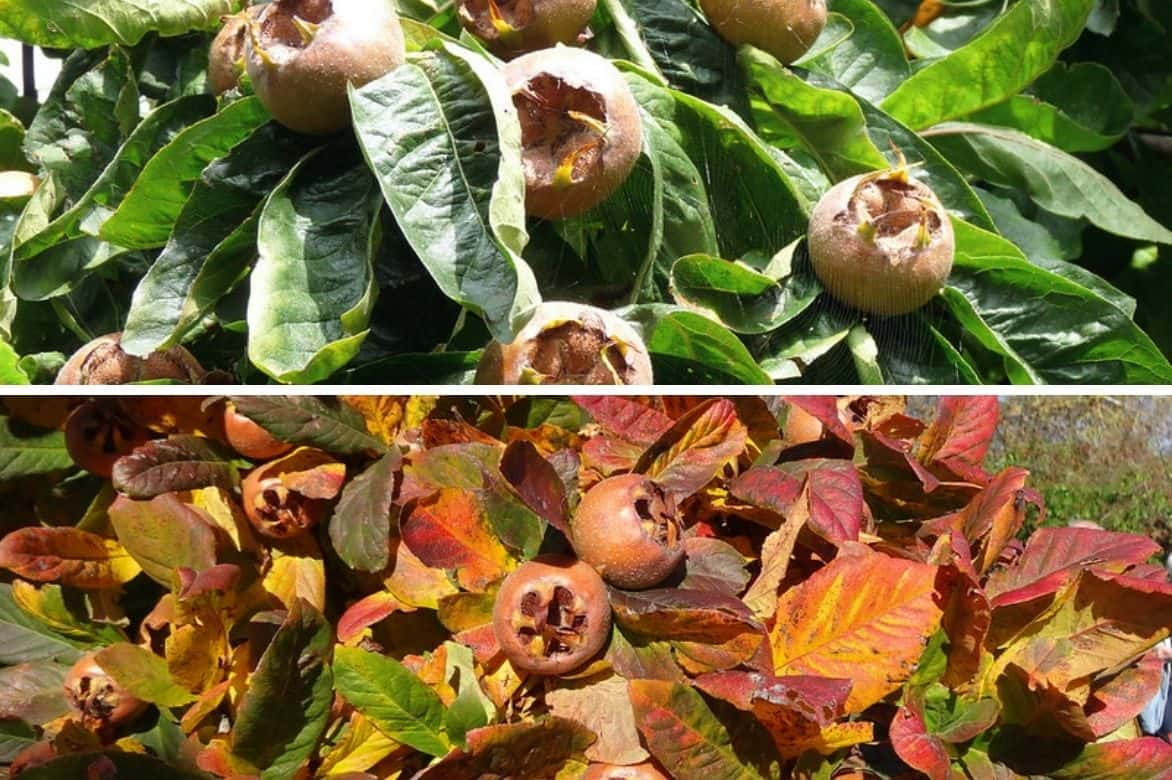
Its creamy white to pink flowering occurs from late April to June. Medlar fruits are harvested in November and December. It is a deciduous bush whose foliage turns yellow to red in autumn.
Description and botany
Botanical data
- Latin name Mespilus germanica
- Family Rosaceae
- Common name common medlar, German medlar, German hawthorn, medlar, alchemin
- Flowering spring
- Height 3 to 6 metres
- Exposure sunny or semi-shade
- Soil type ordinary, well-drained
- Hardiness down to -20 °C
The common medlar belongs to the vast family of Rosaceae, alongside many other fruit trees such as apple, pear, plum, or cherry. However, unlike its relatives, it comprises only one main species, with a few cultivars that produce fruits of varying sizes or earliness.
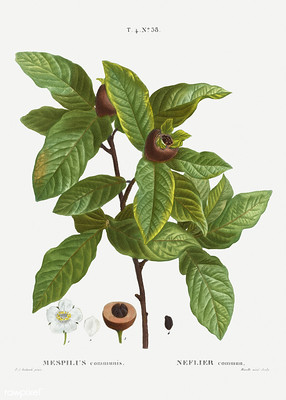
Botanical illustration
Originating from Asia Minor and Southeast Europe, in an area including the Carpathians, the Caucasus, Crimea, Turkey, Iran, and Greece, the common medlar has widely naturalised across Europe, including the northernmost regions. It can still be found in the wild hedgerows of our countryside, even though medlar fruits have somewhat fallen out of favour with consumers. Yet, the medlar was widely consumed in the West a few centuries ago, introduced to Rome around 200 BC during the Macedonian wars. The Capitulary of Villis by Charlemagne even recommends it as a tree to cultivate in the gardens of the kingdom. In the Middle Ages, the common medlar was extensively cultivated, not only for the taste quality of its fruits but also for the medicinal virtues of its buds, fruits, seeds, and foliage. As for its wood, it was sought after for its hardness and fine grain, which allowed for the manufacture of walking sticks and turned objects.
The term mespilus comes from the Greek mespilos, formed from “mesos” meaning “half” and “pillos” meaning “ball”. This etymological origin directly alludes to the shape of the medlar fruits, flattened at the top.
It is also important to clarify that the common medlar has nothing in common with the Japanese medlar (Eriobotrya japonica), which produces pome fruits that are round and yellow-orange, and is native to the warm temperate regions of Asia. The Japanese medlar thrives in southern regions where winters ensure good fruiting, while the common medlar grows in colder areas, up to 2000 metres in altitude. It should be noted that Mespilus germanica is hardy down to -20 °C.
It is a bush or small tree, reaching heights of 3 to 6 metres, with a rather slow growth rate. It has a spreading and open habit, with a rounded crown. Its twisted trunk, 15 to 20 cm in diameter, bears knotty and thorny branches that can extend up to 8 metres in width. As it grows, the grey-brown bark of the medlar trunk will crack to reveal a new, more orange bark underneath.
Its dark green deciduous foliage turns beautiful shades of red, orange, or brown in autumn before falling in winter. In contrast, the medlar fruits remain on the bare branches until November or December. This fruiting on bare branches creates a stunning effect in a winter garden!
The medlar has entire, oblong, alternate lanceolate leaves of considerable size. Short-petiolate, they have slightly undulating edges. Tomentose (covered with down) on the upper side, the leaves are rather whitish underneath. The central vein is distinctly marked and lighter in colour.
From early May until June, the flowers appear. Fragrant, they bloom in white, which can range from cream to pale pink. Measuring 3 to 5 cm across, these flowers are solitary and terminal. Like the leaves, they have a very short petiole. The flowers of the common medlar form a calyx with 5 leafy lobes and are equipped with 5 petals, 5 sepals, and 30 stamens. The flowers of the medlar resemble those of the hawthorn but are larger.
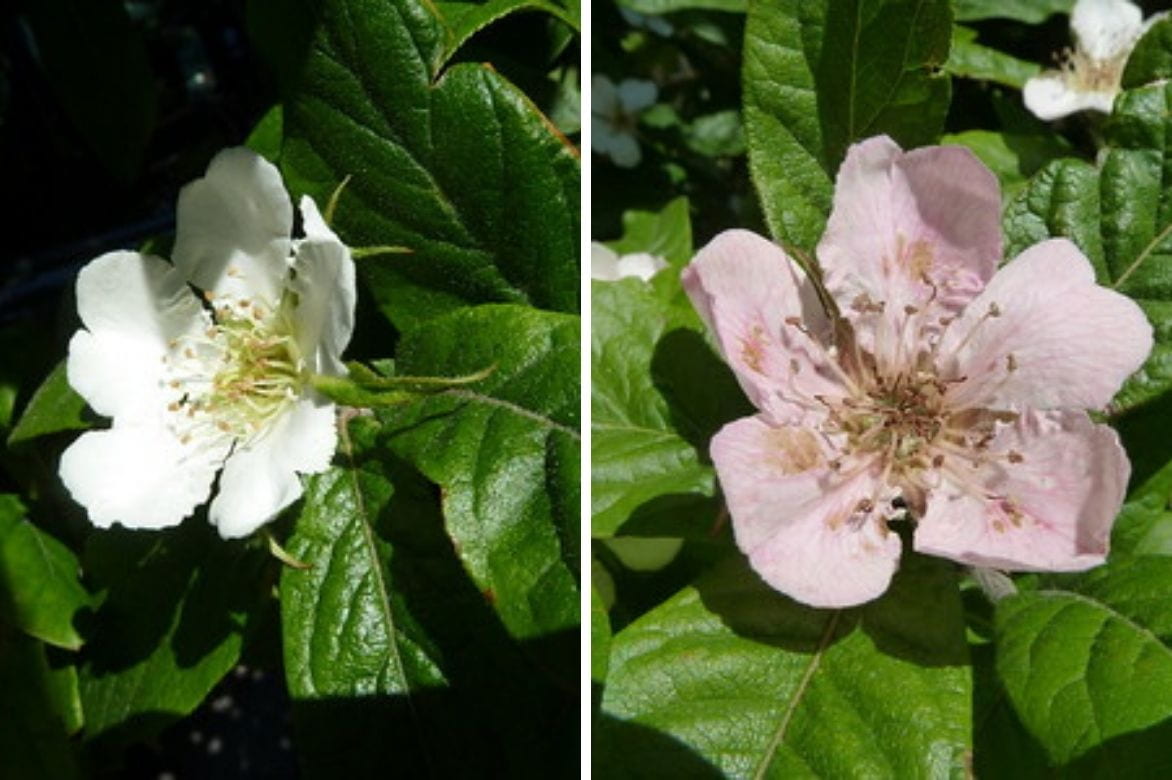
Depending on the varieties, the flowers of the common medlar are white or pink
The flowers then give way to the fruits. Initially dark green to brown, they turn coppery brown as they ripen.
Ovoid in shape, somewhat like a top, the medlar fruits are fleshy and reach 2.5 cm in diameter. Truncated and umbilicate at the top, they are crowned with the upright lobes of the calyx. Their epidermis is slightly pubescent. The medlar fruits are edible, but only after frost. The frost helps to break down the flesh, which acquires a delicate, sweet-and-sour flavour, reminiscent of brown puree. Some might say that the flesh must be “rotten” to be consumed, but the term “over-ripe” is more appropriate. Especially if you want to be convinced to plant a medlar! Without this beneficial cold, the medlar fruits are astringent and inedible. They are therefore harvested when over-ripe to appreciate the full complexity of their taste. However, you must hurry, as birds love these fleshy drupes, which are referred to as “dog’s arse” in some regions.
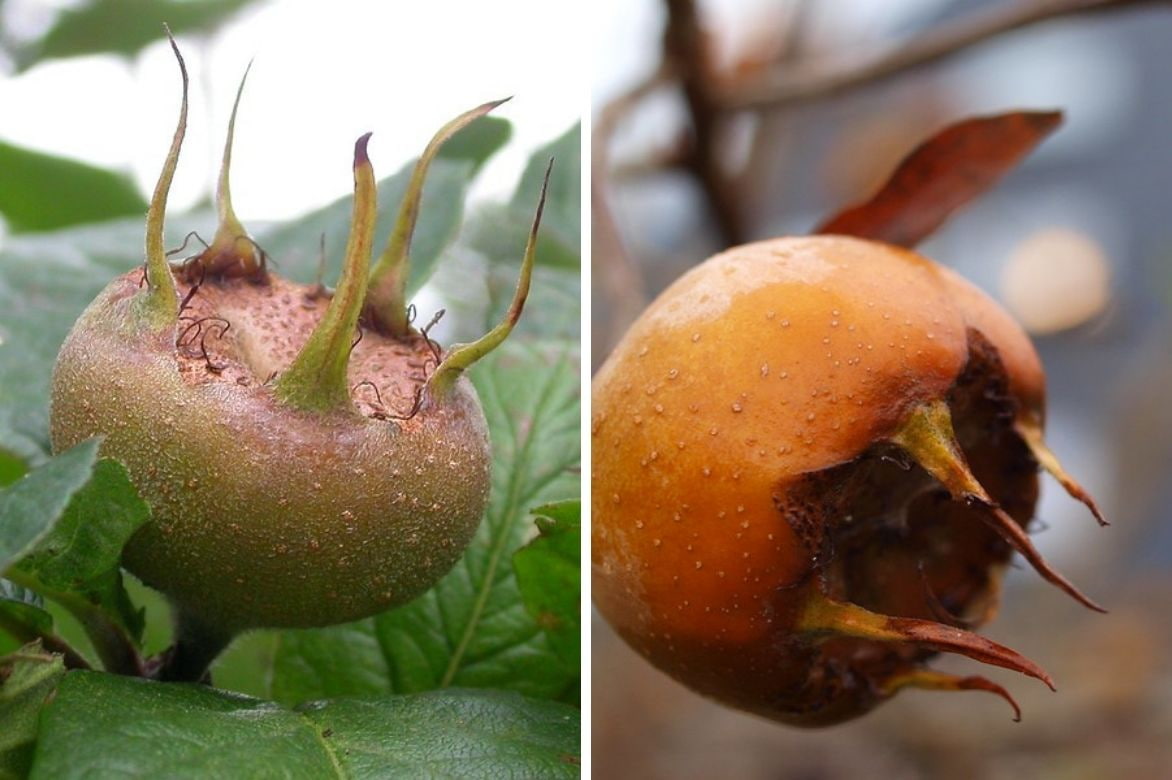
As they ripen, the medlar fruits change from a green-brown colour to copper
Each medlar contains five seeds.
Self-fertile, the common medlar does not require the company of another medlar to bear fruit.
Read also
Astringent fruitsThe different varieties of medlar trees
Around the type variety of Mespilus germanica, several old cultivars are still available for sale. Thus, Mespilus germanica ‘Nottingham’ produces good-sized, tasty fruits with a very pleasant sweet-sour flavour. Its flowering is pink, and it is only slightly thorny.
‘Bredase Reus’ is particularly vigorous, while ‘Large Russian’ produces very large fruits. As for the medlar ‘Royal’, an old English variety, it has a compact habit.
Our favourites
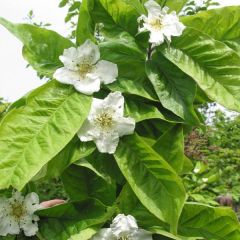
Mespilus germanica - Common Medlar
- Flowering time June
- Height at maturity 3 m
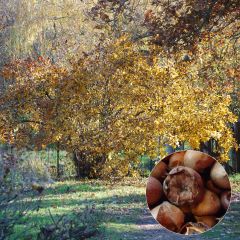
Mespilus germanica Westerveld - Common Medlar
- Flowering time June
- Height at maturity 5 m
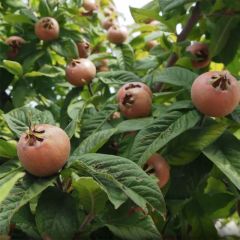
Mespilus germanica Monstrueuse d'Evreinoff - Common Medlar
- Flowering time May
- Height at maturity 5,50 m
Discover other Medlar trees
View all →
Available in 1 sizes
Available in 2 sizes
Available in 5 sizes
Available in 1 sizes
Available in 1 sizes
Available in 1 sizes
Available in 1 sizes
Available in 1 sizes
Available in 1 sizes
Planting the medlar
Where to plant?
When it comes to soil, the common medlar has few requirements. If the soil is well-drained, it is perfectly suitable for the medlar. However, it does not thrive as well in calcareous or clay soils. Once established, the medlar does not like to be transplanted, so think carefully about a permanent location.
As for exposure, it should be sunny or partially shaded. A sunny spot guarantees good fruiting and beautiful autumn colours. Additionally, the medlar, having a delicate flowering, must be planted sheltered from strong winds.
When to plant?
The medlar, especially if it is bare-rooted, should be planted in autumn.
How to plant?
Whether offered in a clump or bare roots, the medlar is planted in the same way:
- Dig a hole 30 cm in all directions
- Loosen the bottom of the hole and incorporate well-decomposed potting soil or compost
- Position the medlar, ensuring the collar is level with the soil
- Place a stake to securely hold the tree in place
- Backfill the hole with the excavated soil and firm it down
- Water generously
Simple care of the medlar
Not demanding in terms of soil, the medlar is equally undemanding regarding care and maintenance. The first year following planting, watering will be necessary, especially in Mediterranean regions or during dry spells. Watering is particularly recommended after flowering.
As for pruning, it remains optional. However, to properly train the medlar, a light pruning can be done every 5 years, at the very beginning of winter, during a frost-free period. This formative pruning aims to remove dead branches, balance the ramure by eliminating branches that grow inwards, and cut back weak shoots. Indeed, in winter, with fruit still on the tree, even a light snowfall can break branches.
In spring, an application of mature compost is welcome. Simply spread it around the tree and scratch the surface of the soil.
→ Learn more about pruning medlars with Pascale’s advice.
Diseases and pests of the medlar
The medlar is a fruit tree that can be affected by the same diseases as other fruit trees. Starting with the terrible bacterial blight, a serious disease that can kill the tree within months. Recognisable by the appearance of burnt foliage or branches, this disease has no treatment. The only option is to cut down and burn the tree after reporting it to the local council. Therefore, prevention is key: it is essential to combat aphids, which are vectors of transmission, and to limit injuries, particularly those caused by repeated pruning or broken branches.
The medlar can also be affected by brown rot of fruit trees, a fungal disease that causes the rotting and mummification of fruits on the tree. A fungicidal treatment based on Bordeaux mixture at the bud burst period is effective.
Powdery mildew also attacks the medlar. Recognisable by the white fluff that appears on the leaves or the brown spots on the medlar fruits, powdery mildew can be controlled with sprays of cow’s milk or sulphur. Again, prevention is essential. Virginie D. provides you with valuable advice to avoid powdery mildew.
Finally, the medlar is susceptible to invasions of aphids or mealybugs. Showering the tree thoroughly is a first step to getting rid of them.
→ Learn more about diseases and pests of medlars in Pascale’s article.
Harvesting and storing Medlar fruits
Medlar fruits are harvested after the first frosts, typically in November or December. This cold will indeed accelerate the over-ripening of the fruits, which become very soft. In fact, the cold helps to transform the tannic acid into sugars. The flesh then takes on the consistency of a puree. Generally, birds are quick to notice and will swoop down on the fruits, beaks at the ready.
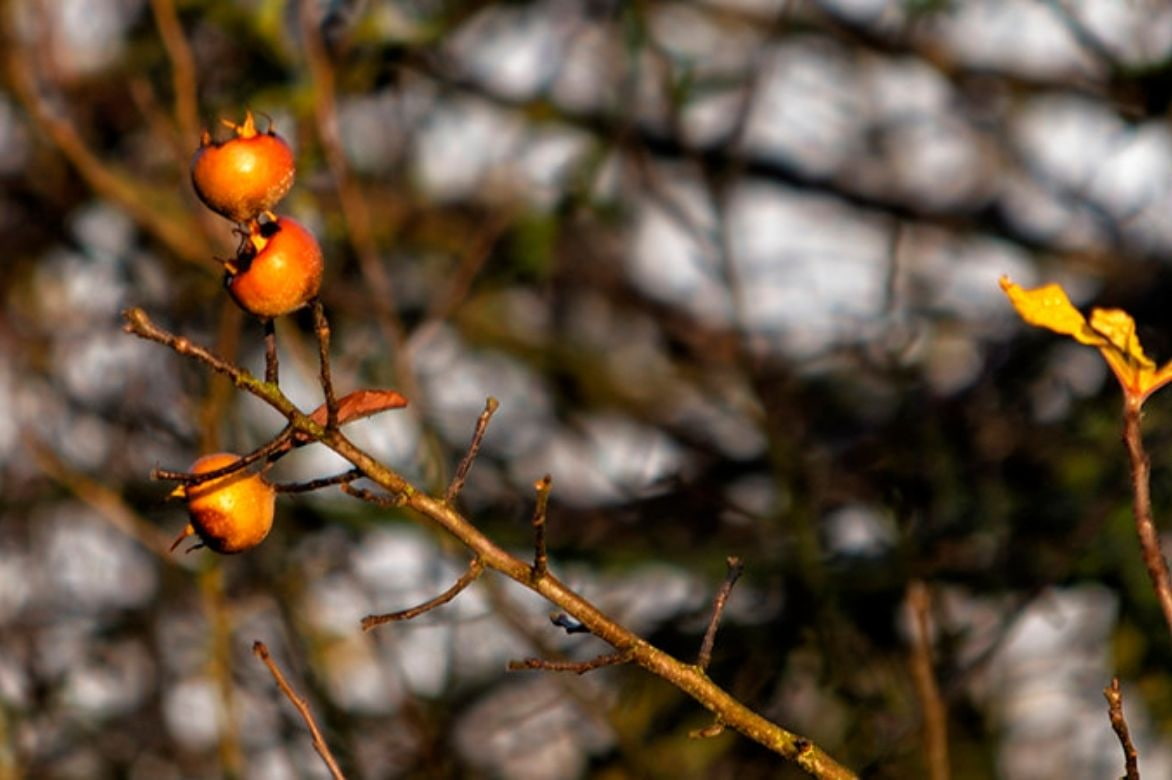
Medlar fruits are harvested after the first frosts.
The harvest is done with care, as the skin is thin and the pulp soft. A simple pressure from the fingers can cause them to burst. Once picked, the medlar fruits should be stored in a cool place, protected from any frost. It is preferable to place them on a bed of straw to safeguard them. They can be kept this way for 2 to 4 weeks.
You can also pick medlar fruits in October, before they over-ripen. They should be placed in a cool area where they will continue to ripen.
→ Learn more in our tutorial: How to harvest and store medlar fruits?
The propagation of the medlar
The medlar can be multiplied by grafting onto a hawthorn (Crataegus), but this is a task for professionals or knowledgeable specialists! The most reliable method remains sowing seeds in a nursery in October, although this process is slow and uncertain. Furthermore, the characteristics of the parent plant may not necessarily be retained.
Companion plants with medlar
With its spreading habit and the twisted appearance of its branches, the medlar is ideal when planted in isolation in the middle of a lawn. Its large spring flowers, white or pink, will create a stunning effect, just like the coppery colours of its autumn foliage.
You can also plant Mespilus germanica in a free, country-style, fruiting hedge. For example, alongside a hazel, an elder, or a Barbary lycium. Plant with a spacing of 1 m to 1.20 m between the bushes. Staggered planting is ideal for achieving a beautiful density.
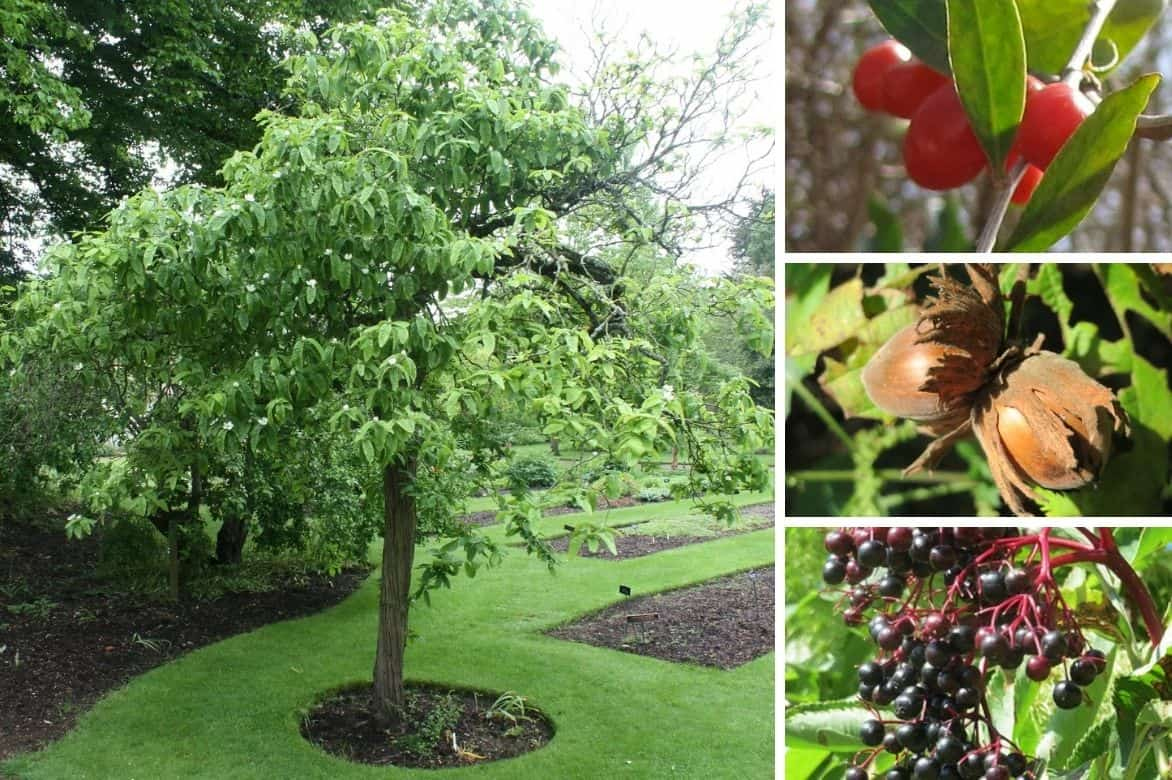
The medlar can be planted in isolation or associated in a fruiting hedge, with Barbary lycium, hazel, and elder
The common medlar will also find its place at the edge of an orchard to protect more frost-sensitive fruit trees. Very resistant to cold, it will have the ability to block cold winds.
What to do with medlar fruits?
Medlar fruits can be eaten as they are. Simply take one between your index finger and thumb, and with a gentle squeeze, the flesh bursts. Then, you can suck to enjoy this fruit’s pleasantly acidic flesh. Be careful, the seeds containing cyanide should not be consumed.
They can also be prepared into compotes, marmalades, jellies, jams, or fruit pastes. In compote, medlar pairs exceptionally well with chicken or pork. They can also be enjoyed with cheese.
In traditional medicine, medlar is known for soothing irritations, as well as for its tonic, anti-diarrhoeal, and astringent properties. Dried leaves of the common medlar are reputed for their benefits against sore throats and canker sores.
Did you know?
Do you know what a makila is? If you are Basque, you should know. If not, let me explain… The makila (or makhila) is a walking stick used in the Basque Country by pilgrims. However, this simple cane also serves as a defensive object, as the makila is equipped with a steel tip. Naturally, I can sense the question arising: why are we discussing this richly decorated cane in a text about the common medlar? Simply because this walking stick is traditionally made from the wood of Mespilus germanica. The wood is sacrificed while still on the tree and will heal for a year. Then comes the cutting and the bark removal in an oven, followed by a drying period of ten years. The wood of the medlar has been chosen because it is both strong and flexible, two essential qualities for a walking stick.
- Our article: How to prune medlar trees?
- Why isn’t my medlar tree fruiting? Discover our tips and solutions!
- Subscribe!
- Contents































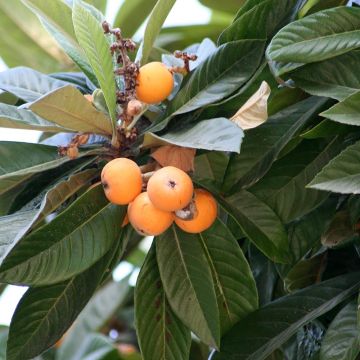

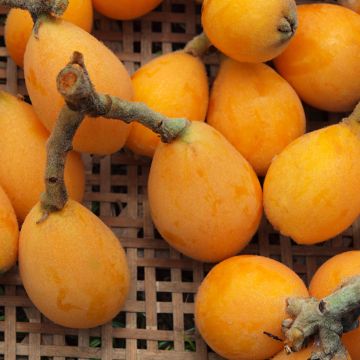
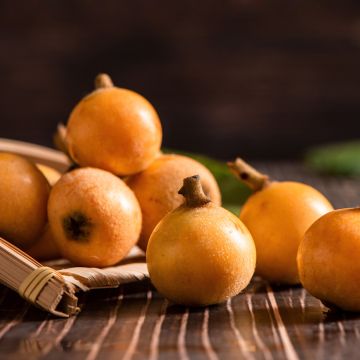
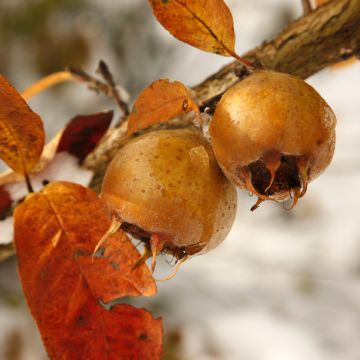
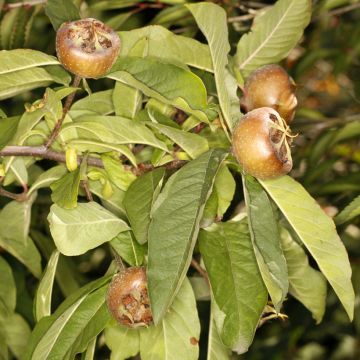
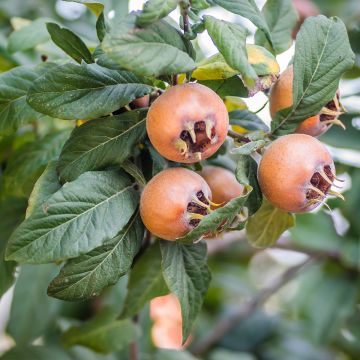

Comments